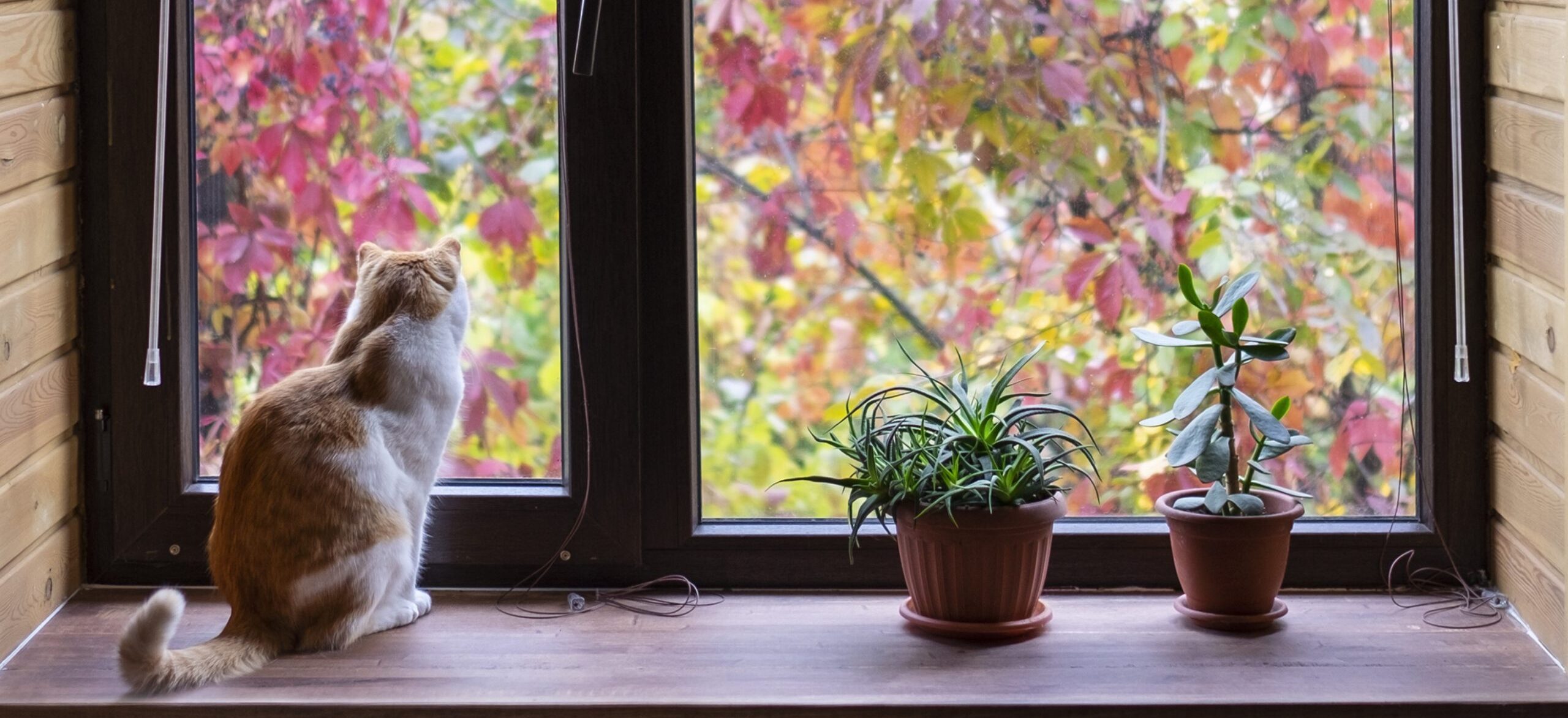When my husband, Ted, died by suicide, a dear friend gave me a beautiful basket in which to keep all the things she knew I might want to keep. In that basket, among the cards and notes I received after Ted died, was the laminated ID he wore to work. The photo was a good likeness and looked just like he did when he went to work every day.
One day, after reading through the cards and notes again, I picked Ted up to take him with me. I ached to see his face again, and the little ID was the most “him” of all the recent photos I had. The ID had a clip on it, so soon Ted was clipped to the dashboard of my car – my “Portable Ted.”
He went everywhere with me, clipped to the dash, or clipped in my purse when I went to work. But clipped to the dash was where I talked to him. When it was a “good” day, a day when I missed him and wanted nothing more than to talk to him. Ted heard about how my day had gone, or how much he had meant to me and how enormous was my loss.
Then I reached the stage in my grief when I was angry. And the Portable Ted heard about that, too. There were the days when I asked him endless “whys.” And the days I swore at him like a sailor for leaving me, his son, and my daughter so bereft. Some days the anger was so great I threw him in the back seat and yelled at him. Some days it was beyond anger. It was rage. And he was locked in the glove box – me yelling at him from outside. There was even a period of months when he was locked in the trunk, a veritable Siberia of my rage and pain.
I can smile about this now, almost ten years later. But that little laminated photo helped me express all the overwhelming feelings I had after Ted’s suicide. It was a positive way to let go of the anger and pain, and a way to feel connected when talking to him on the “good” days. We all need to talk out those feelings and the Portable Ted gave me a way to do that.”




